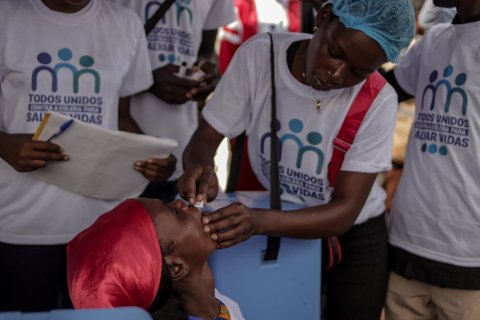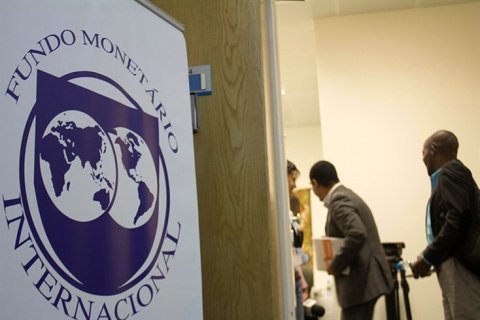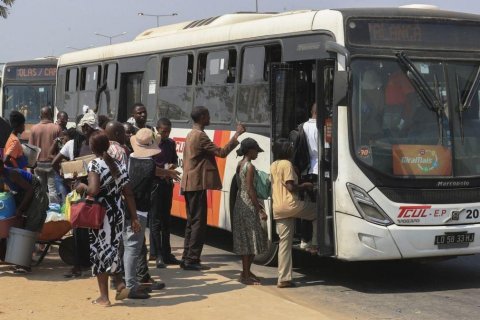Speaking after the 10th Ordinary Session of the National Water Council (CNA) – held this Thursday, under the guidance of the Vice President of the Republic, Esperança da Costa – the head of the Energy and Water portfolio explained that, "in addition to this project, a rehabilitation program will be developed for 43 small reservoirs and dams, built in colonial times, in the municipalities of Camucuio, Virei and Lucira that have deteriorated due to lack of maintenance and also due to time".
"The rehabilitation, to be carried out in the short term, will allow the emergence of water points scattered throughout the province, mainly for watering livestock and agricultural activities", says a government statement, to which VerAngola had access.
Still regarding the domain of Water, the minister said that "information was presented on the rehabilitation of the Water Supply System of the Morro Bento Distribution Center, in Luanda", whose rehabilitation will benefit the "areas of Futungo II, Cawelele, Morro Bento I and II, Inorade, Bairro Imbondeiro, Gamek à Direita, Hospital Pedalé, Clínica Multiperfil, Morro da Luz, Bairro Huambo and Costa do Sol".
According to the Government's statement, the expectation is that the works, including the paving of the streets, will be completed in May of this year.
The minister reported that the commission "considers it important and urgent to approve, by April of this year, a model that will allow the management of the Cafu Canal – temporarily managed by the company that built it – to be transferred to the government of the province of Cunene, assisted by the Ministry of Energy and Water and also by the Ministry of Agriculture".
The meeting also served to assess the Community and School-Led Basic Sanitation Program – STLC, which aims to "improve sanitary and environmental conditions and the lives of the population".
Furthermore, the objective is also to "facilitate the process of empowering the local community to reduce the production of open-air human waste by promoting appropriate and low-cost sanitation technologies and safe hygiene practices without the use of external support".
According to Baptista Borges, the implementation of the aforementioned program made it possible to have approximately 202 villages free from "open defecation and the goal is to cover all rural areas with proper facilities by 2030".
The head of the Energy and Water portfolio said that, once the program is implemented, the spread of diseases such as cholera, especially in rural areas, will be reduced by 72 percent.
The minister also reported that "56 percent of rural residents do not have access to basic sanitation services and 22 percent of the Angolan population do not have access to drinking water and basic sanitation".
At the working meeting, the seasonal climate situation, weather forecast and seismic monitoring were also analyzed.
"In this chapter, members were informed of the balance of the 2023/2024 rainy season and were informed that in February 2025 there will be above-normal rainfall in the southern region of Angola, mainly in Cunene, Cuando and Cubango", reads the statement.
On the occasion, João Baptista Borges "welcomed the news due to the fact that it is a region cyclically affected by drought and dry spells".
Regarding the Water Supply System for the Populations of Caxarandanda, the Minister of Public Works, Urbanism and Housing, Carlos dos Santos, said that it will enable "public services to reach institutions in the Energy and Water, Health and Education sectors more easily, fundamentally".
On the occasion, he also guaranteed the completion of the construction of the road from Muxima to the Commune of Caxarandanda, for April 2027.
"Within the scope of the fight against water mining, the council was informed of the recent approval of Law 13/24 of August 29, on the Crimes of Vandalism of Public Property and Services, which reinforces efforts to curb this practice", the note also says.







